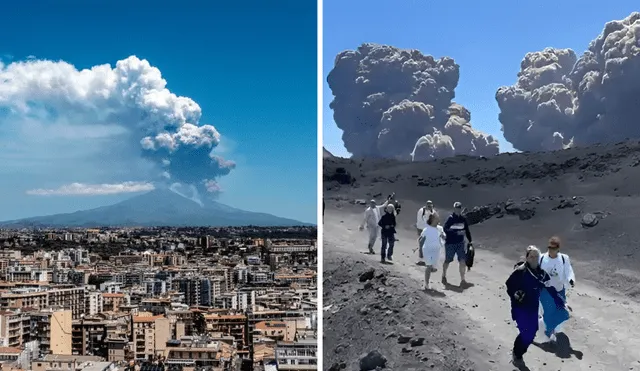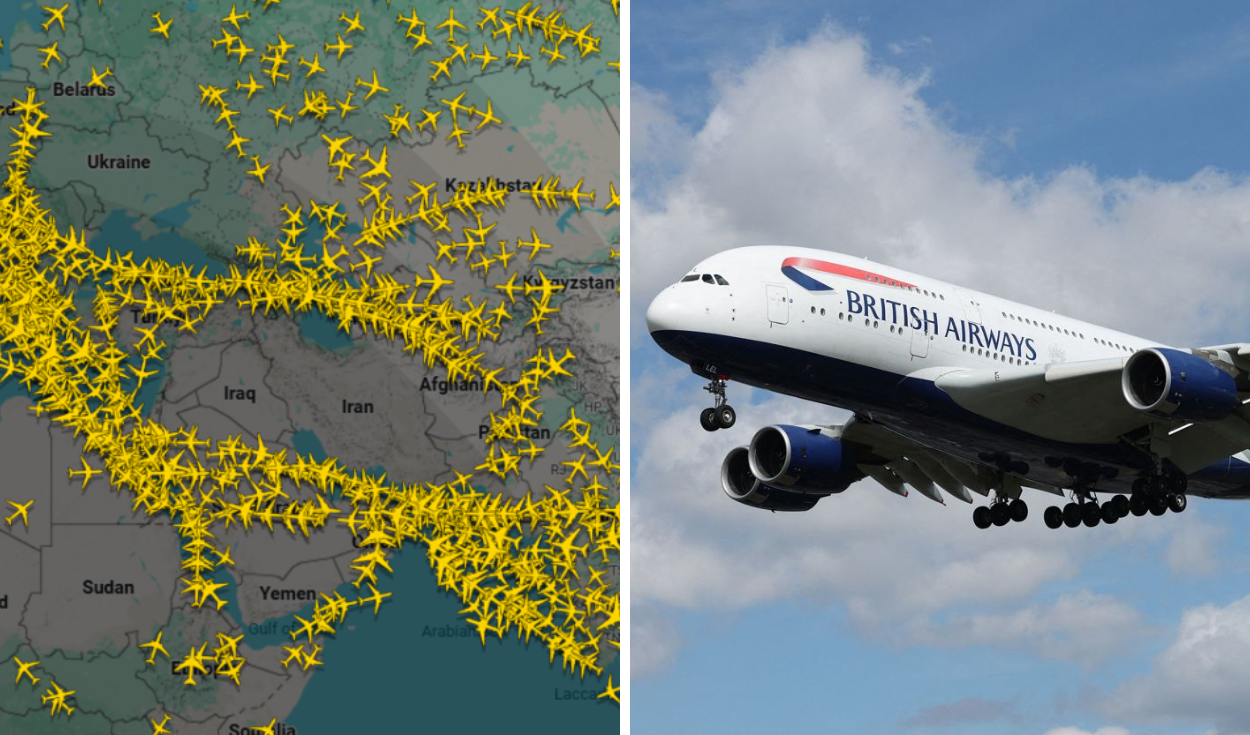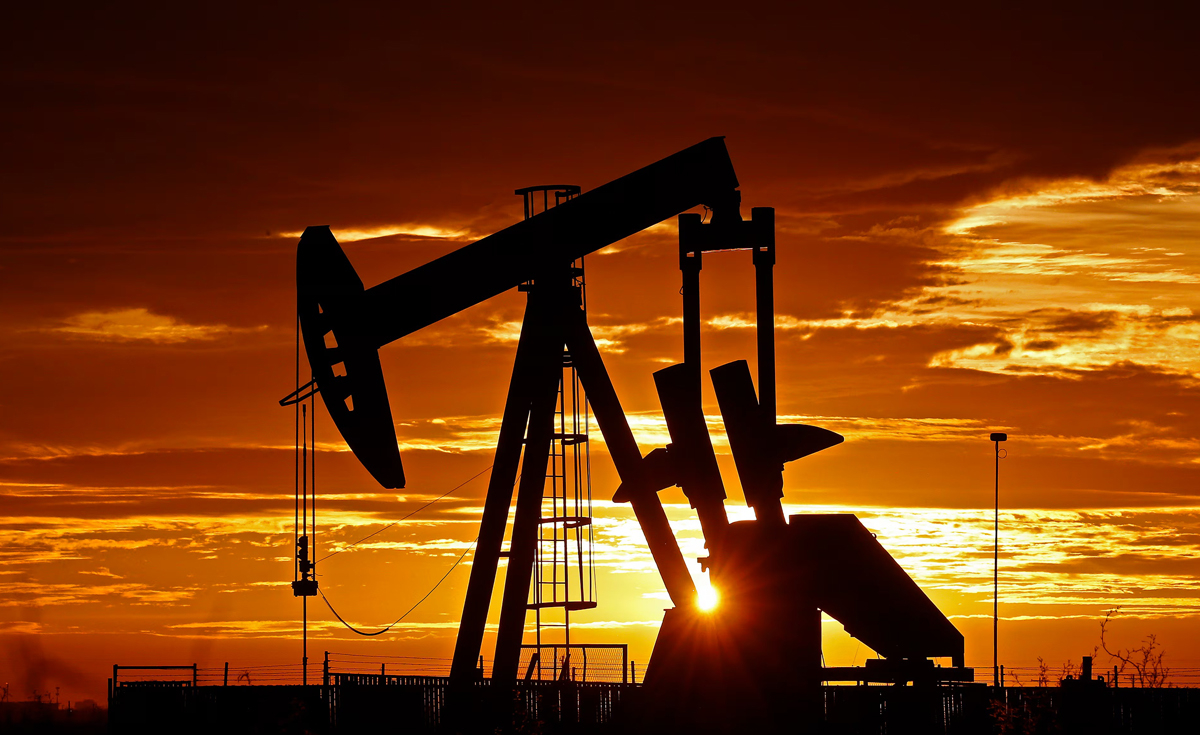Watch Mount Etna eruption: Pyroclastic flows, ash clouds, and tourist evacuations in Sicily
Mount Etna erupts, sending ash clouds and pyroclastic flows down its slopes, as tourists scramble for safety.

Mount Etna, one of Europe’s most active volcanoes, erupted early in the morning on Monday, sending an impressive cloud of ash and smoke high into the air. The eruption began at close to around 3:50 a.m. local time, causing a number of pyroclastic flows to rapidly travel down the slopes. Tourists in the area fled for safety as the eruption multiplied in intensity.
According to Italy’s National Institute of Geophysics and Volcanology (INGV), the volcano began with the seismic tremors, which began around midnight, and then started to form “almost continuous” explosions to the south as part of a strombolian eruption. As the eruption increased in intensity, lava fountains were also produced from the Southeast Crater, and ash fall was reported in surrounding areas.
Details of the eruption
The eruption at Mount Etna began in the early hours of the morning and rapidly progressed into an explosive eruption, the eruption produced pyroclastic flows as the volcanic material to flows down the slopes. According to the INGV it is likely that the flows were activated due to the collapse of material from the northern portion of the Southeast Crater. They did not reach the Valley of the Lion, however, the eruption continues to produce large volumes of ash into the atmosphere.
The seismicity associated with the eruption is still considerably high, the tremors are becoming more vigorous as the eruption progresses. As long as the lava continues to flow from the Southeast Crater, local authorities will continue to monitor the area, particularly where ashfall has become significant such as, Piano Vetore.

ALSO SEE: Tropical storm Alvin expected to form in the Eastern Pacific, according to National Hurricane Center
Mount Etna: a volcanic giant
Rising to over 11,000 feet above sea level, Mount Etna is casually one of the largest active volcanoes in Europe. Situated on the eastern coast of Sicily, it serves as an attraction for tourism; pulling crowds from its continuous eruptions of breathtaking lava and smoke. The volcanic soil is rich enough to support almost to support about 20% of Sicily's entire population and there are people who live one the slopes of it.
Etna is documented to have erupted as far back as 425 B.C. because it is one of the most active volcanoes on the planet, and the eruption on Monday is simply a continuation of a cycle of increased volcanic activity, where Mount Etna has been known to erupt on multiple occasions every year and it continues year after year.












